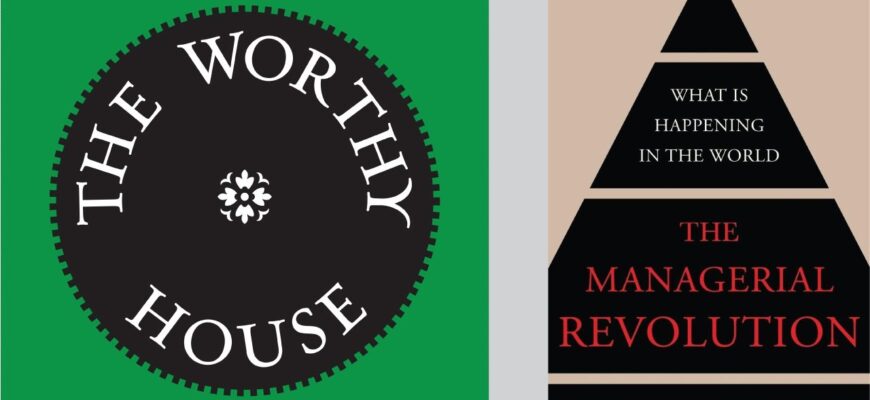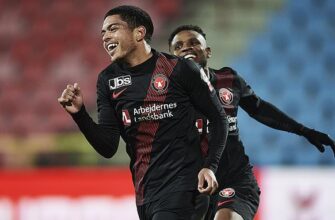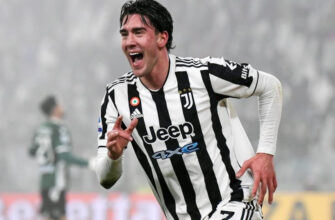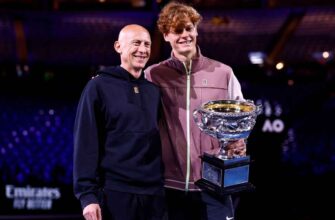The beautiful game, especially in its Italian incarnation, Serie A, has always thrived on drama and tactical ingenuity. However, the impending 2025-26 season promises to elevate this to an unprecedented level. With an astonishing twelve of the twenty Serie A clubs ushering in new leadership, the league is not merely undergoing a series of changes; it`s experiencing a seismic managerial revolution. This grand reshuffle signals a deliberate and aggressive pursuit of new identities, fresh strategies, and, ultimately, renewed success across Italy’s top flight. It`s less a series of isolated events and more a grand, strategic alignment, hinting at a season of unparalleled intrigue and tactical fireworks.
- The Architects of Ambition: Reigning Kings and Returning Monarchs
- The Young Guns and Calculated Risks: Future Legends and High-Stakes Gambles
- The Redemption Arcs and High Stakes: Last Chances and Controversial Returns
- The Pragmatists and Promoted Hopes: Stability and Survival
- A Season of Unprecedented Narratives
The Architects of Ambition: Reigning Kings and Returning Monarchs
Leading the charge, as per tradition, is Antonio Conte at Napoli. A man who treats domestic titles like collector’s items, Conte’s immediate impact in Naples — securing the Serie A title in his inaugural year and becoming the first coach to win it with three different clubs (Juventus, Inter, Napoli) — cements his status as a managerial titan. Bolstered by audacious signings like Kevin De Bruyne, Napoli remains the formidable force, with Conte now eyeing European validation.
Across the peninsula, Gian Piero Gasperini embarks on what might be his ultimate test at AS Roma. After a decade meticulously crafting Atalanta into a formidable European contender, Gasperini`s move to the Eternal City signifies a desire for long-term reconstruction. Roma has entrusted him with a significant rebuild, a challenge that, while perhaps requiring patience, carries immense potential for a club yearning for sustained glory.
Meanwhile, in Milan, a familiar figure returns to the AC Milan dugout: Massimiliano Allegri. The architect of Juventus’s dynastic success, Allegri returns to the club where he previously lifted a Serie A title in 2011. His mission is clear: steer Milan back into the Champions League after a disappointing campaign, a task that requires both tactical acumen and a deep understanding of the club’s storied history. Similarly, Vincenzo Italiano continues his remarkable journey with Bologna. Defying expectations, he replicated, and in some ways surpassed, the achievements of his predecessor by securing the Coppa Italia, a historic feat that cemented his cycle at the club and proved doubters wrong.
The Young Guns and Calculated Risks: Future Legends and High-Stakes Gambles
Perhaps the most captivating narrative among the newcomers is that of Cesc Fabregas at Como. Widely lauded as one of Europe’s most promising young coaches, Fabregas resisted significant overtures (reportedly even from Inter) to remain with Como. His decision, coupled with a reported $100 million investment in the transfer market, transforms Como from promoted hopefuls into genuine contenders for a European spot. This is a club clearly not content with merely participating; they aspire to disrupt the established order.
Even younger, and arguably more audacious, is Parma’s appointment of Carlos Cuesta. The former assistant to Arsenal’s Mikel Arteta, Cuesta becomes the youngest manager in Serie A history. This bold declaration of intent signals a new tactical direction for Parma, echoing previous progressive appointments and highlighting a commitment to modern, analytical football.
Then there`s the more perplexing move by Inter, entrusting their fortunes to Cristian Chivu. Despite reaching the 2025 Champions League final, Inter parted ways with Simone Inzaghi, opting for Chivu, whose senior managerial experience is limited to just thirteen Serie A games at Parma. This represents a gamble of considerable magnitude, resting the hopes of a major club on a relative novice, albeit one with a deep understanding of the Inter system from his playing days.
The Redemption Arcs and High Stakes: Last Chances and Controversial Returns
Elsewhere, Maurizio Sarri’s surprising return to Lazio, having resigned in March 2024, adds another layer of intrigue. Despite ongoing financial challenges within the club, Lazio`s aspirations for European qualification rest heavily on Sarri’s unique tactical approach and his ability to squeeze maximum performance from his squad.
Atalanta’s decision to bring in Ivan Juric has raised more than a few eyebrows. A former player under Gasperini, Juric’s previous spells at AS Roma (dismal) and Southampton (relegation) cast a long shadow. Tasked with following a decade of unparalleled success under Gasperini, Juric’s appointment is a move that promises either genius or chaos, a high-wire act for a club accustomed to stability.
And finally, at Lecce, Eusebio Di Francesco faces what many pundits might label his managerial “last dance.” With four consecutive sackings and two relegations blemishing his recent record, this season is undeniably critical for Di Francesco to prove he still belongs among the top-flight elite. A career teetering on the edge of definitive redemption or an unfortunate final chapter.
Similarly, Fabio Grosso at Sassuolo finds himself in a pivotal season, presented with a second opportunity at top-flight management after a disappointing tenure at Brescia. His ability to stabilize and elevate Sassuolo will be a key storyline.
The Pragmatists and Promoted Hopes: Stability and Survival
The remaining new appointments reflect a blend of tactical pragmatism and the high stakes of survival for newly promoted sides. Marco Baroni at Torino aims to break years of mid-table inertia and push for European qualification. Kosta Runjaic at Udinese, having successfully steered them away from relegation, now has the chance to establish himself as more than a short-term solution.
The newly promoted teams have opted for experienced hands and ambitious young leaders. Davide Nicola, the renowned survival specialist, takes the helm at Cremonese, tasked with guiding them through their first season back in the top flight. Pisa, returning to Serie A for the first time since 1990-91, has enlisted 2006 World Cup winner Alberto Gilardino, with survival being the paramount objective. Patrick Vieira, having impressed in the latter part of the 2024-25 season at Genoa, continues to build on a performance that has garnered interest from across Europe.
Other familiar faces include Paolo Zanetti continuing at Hellas Verona, proving his dependability in relegation battles, and Fabio Pisacane making his senior team debut at Cagliari after leading their youth team to Coppa Italia success.
A Season of Unprecedented Narratives
The 2025-26 Serie A season is set to be a grand chessboard, populated by a fascinating mix of established tactical masters, audacious young talents, and managers seeking pivotal career redemption. This widespread managerial overhaul injects an intoxicating dose of unpredictability and fresh strategic thinking into Italian football. Every match will not just be a contest between clubs, but a tactical duel between competing philosophies and personal narratives. From the high-flying ambitions of Napoli under Conte to the desperate fight for survival, and the intriguing experiments with youth at Como and Parma, Serie A is poised to deliver a captivating and truly memorable campaign.







